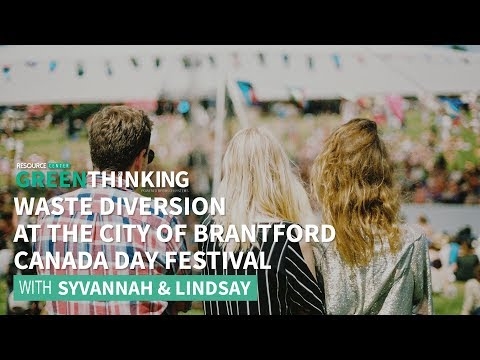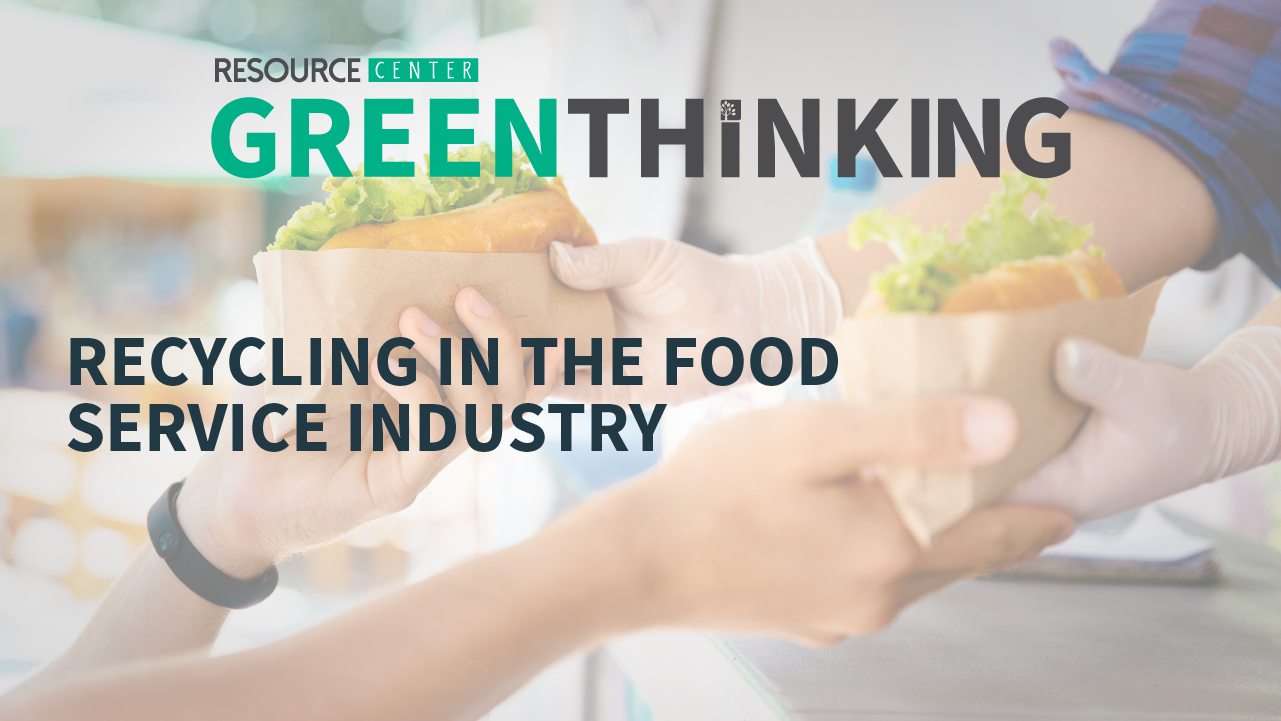
Sustainable Event Planning - Part 3
Summer is a season filled with some awesome outdoor events, like concerts, sports events, and festivals , reaching anywhere from a few dozen to several thousands of people. In today’s episode of Green Thinking, we are going to look at waste management specifically at significant events. You can use these helpful tips at large events at big indoor venues, like sporting events at arenas or stadiums, or small outdoor community events, like festivals, fairs, and parades. The same principles apply.
Make your special event, a recycling success by planning ahead. The best tool for reducing waste at your event is to plan! Today we are going to give you some key points to turn your event green, for preventing waste and increasing your recycling rates.
First, let’s look at food service. Some things you can do to minimize your organic waste and refuse associated with food, are to buy in bulk to reduce the quantity of single-use items and pre-packaged foods. Look at investing in reusable plates, napkins, mugs, utensils, and glassware. Contact your caterer or food service contractor and inform them of the mandatory use of reusable items. If you have the opportunity for organic collection, ensure paper or compostable plates are used instead of plastic or polystyrene. After your event, you can even donate extra edible food to a food bank or a local charity.
Educating staff and volunteers about the importance of recycling and the proper recycling procedures is a crucial factor for a successful event. When volunteers know which materials are to be recycled, they are able to direct event attendees to recycling stations. Volunteers can be positioned at each station and can be involved by monitoring attendees, vendors and other staff.
Signage is critical to clarify which materials can, in fact, be recycled and where to put them. Make sure your signs are simple and easy to read, include photos or icons in case of language barriers, informing visitors of recycling procedures. Posters should be placed high up so that they can be seen from far away.
The easier recycling is, the more participation you are going to see from people attending. Color-coded recycling bins should always be placed beside garbage bins, so that recycling can be made convenient but distinctly different from the trash bin, regarding color, shape, top, and opening. You can even request that signage is posted at every vendor, to keep the message consistent.
In one example, a festival created a Recycling Store. This encouraged people at festivals to trade in 10 empty cans or bottles they collected from around the festival in return for one cold bottle of water.
Ideas for outreach at your event can include, recycling info in the event program, make recycling announcements over the sound system, put recycling messages on electronic boards, and post recycling successes on the event website.
At outdoor festival types of events, you can ask that vendors supply their own garbage cans for booths and carry out their own garbage, and you can also offer recycling services for free to these vendors.
After your event is over, you can determine the number of recyclables that would have been thrown out if you didn't recycle. You can also figure out how many plastic products were replaced with the use of compostable materials. This info can be used as a benchmark for future events.
Thank you notes can be sent to vendors after the event that successfully participated. You can consider offering a discount for registration for vendors for future years.
Thanks for watching this episode of Green Thinking on successful recycling at sig nificant events. Hopefully, you got some helpful tips and tricks on how you can make your event a success. If you want to learn more info check out our free webinar on Tuesday, July 31at at 1:30 pm EST. If you missed the date, you can check out the link in the description below.

















